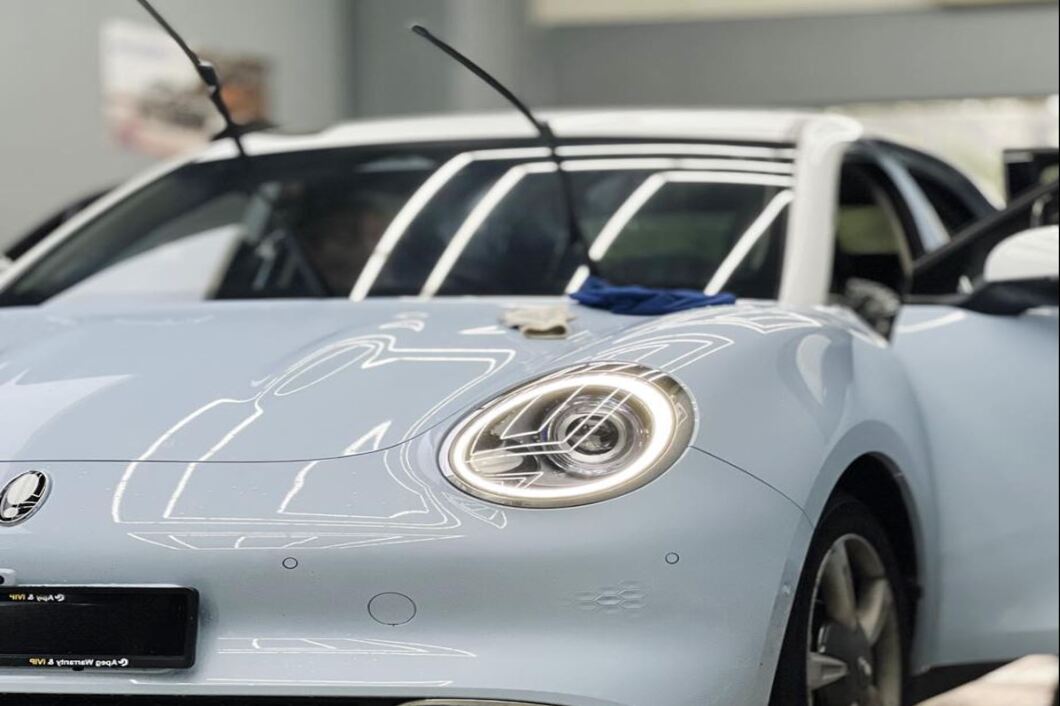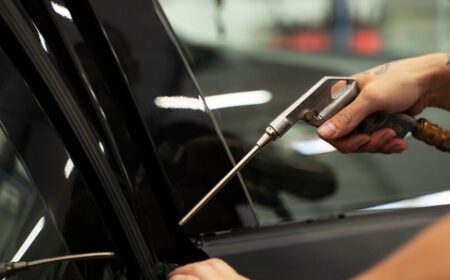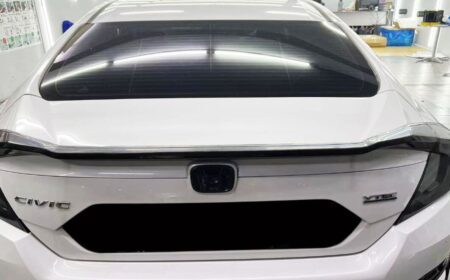
A pebble might cause your windscreen to crack. No matter how careful you are, avoiding it is only sometimes possible. However, there is one thing you should consider after discovering that your windscreen has a crack, whether you need a windscreen crack repaired or a complete windscreen replacement.
Most car owners may choose windscreen crack repair to save money; however, not all cracks are repairable. Some cracks may necessitate that car owners replace the entire windscreen. There are numerous aspects to consider before making a decision.
But how can you know whether you need a windscreen replacement or repair? In this essay, we will cover the things that can assist you in getting a better knowledge of when you can have your windscreen repaired and when you should replace it.
Windscreen Crack Repair Or Replacement #1: Size & Depth
Minor chips can be repaired, depending on their size and depth. If the chip is on the passenger side and the crack has a diameter of about 2.5 centimeters, it can typically be fixed. However, if the chips harm the outer and inner layers of the glass, you must replace the windscreen, regardless of how little the chip is. This is because it reduces the strength of the windshield.
Many automobile owners ignore minor cracks, but they can develop into larger ones without warning. You should address the issue as soon as possible. Check with your expert mechanic to see if the chip in your windshield needs to be repaired or replaced.
Getting it checked permits the technician to properly fix the chip because debris can get lodged in it and damage the repair quality. It also minimizes the likelihood that the chip will develop into a crack, requiring you to replace the entire windscreen.
Windscreen Crack Repair Or Replacement #2: Location of Damage
The location of the damage influences the decision to repair or replace the windscreen. A tiny chip on the passenger’s side is repairable. The glass will have a minor flaw, no matter how effective the repair is. If it is on the passenger side, it will not affect the driver, but the situation will change if it is on the driving side.
Chips or cracks on the driver’s side will impair or divert the driver’s eyesight. The motorist may have misjudged the situation and caused an accident. At this stage, a windscreen replacement is required.
Another circumstance that necessitates a windscreen repair is damage along the edge of the windscreen. Damage to this location will undermine its integrity. Examine the windscreen, as there may be hidden cracks beneath the frame. Additionally, it is difficult for the technician to use their tools. A good repair will be unable to begin in this case.
Windscreen Crack Repair Or Replacement #3: The Severity Of Damage
The seriousness of the chip affects whether you need to replace or repair your windscreen. As previously stated, minor chips can be fixed. However, you must replace the windscreen if it leads to cracks or other significant concerns.
Check to see whether water can pass through the crack. If it can, your windscreen is in poor condition. The windscreen can break at any time, putting you at risk when driving.
When you notice a chip on your windshield, take immediate action. Delaying it may result in a serious issue requiring a windscreen replacement. Bring your car in early to see whether it needs repair.
Types of cracks
Bullseye: A bullseye is typically defined by a small crack in the center surrounding a larger circle. A collision with a stone or another spherical item frequently causes it. If immediate action is taken, the problem can be easily remedied. If it grows bigger, the windscreen may need to be replaced.
Half Moon: A half moon is easily fixed. It’s akin to a bullseye. A half moon differs from a bullseye in that the former is a circle, while the latter is a half circle with a dull edge.
Edge Crack: The most frequent windscreen crack, which is easily spotted. The cracks begin at the perimeter of the windscreen and spread inward. This is usually because the windscreen was not installed properly, and you must replace it. They are commonly caused by accidents or falling rocks and branches. They cannot be repaired; the most cost-effective solution is replacing the windscreen.
Floater Crack: Floater cracks frequently begin in the center of the screen and spread across the windscreen. In severe cases, they may obscure the driver’s view. Temperature fluctuations are the primary cause of this crack. In most cases, you will need to replace the windscreen.
Star Break: Cracks will extend from the impact point and resemble a star. If no intervention is done promptly, they will frequently extend further. They can only be repaired if they do not restrict the driver’s view or if you need to replace the windscreen.
Combination Break: This is the most devastating type of windscreen damage. Bullseye, star break, and other fracture shapes may be present. Accidents or falling rocks and branches commonly cause them. They cannot be repaired; the most cost-effective solution is replacing the windscreen.
Can I claim insurance?
Yes, you can. Usually, the insurance provider will question why you need to replace your windshield and what caused the cracks. You can call your insurance carrier to find the nearest workshop panel.
The insurance firm will require the vehicle owner’s identification card, driver’s license, insurance coverage notes, and vehicle grant.
After replacing the windscreen, the panel workshop will typically assist you in contacting the insurance provider directly regarding the claim.
Here’s a notion for when to fix or replace your windshield. Typically, the workshop personnel will assist you in determining which method is ideal. When you notice a crack in your windscreen, take action right away to prevent it from spreading.


